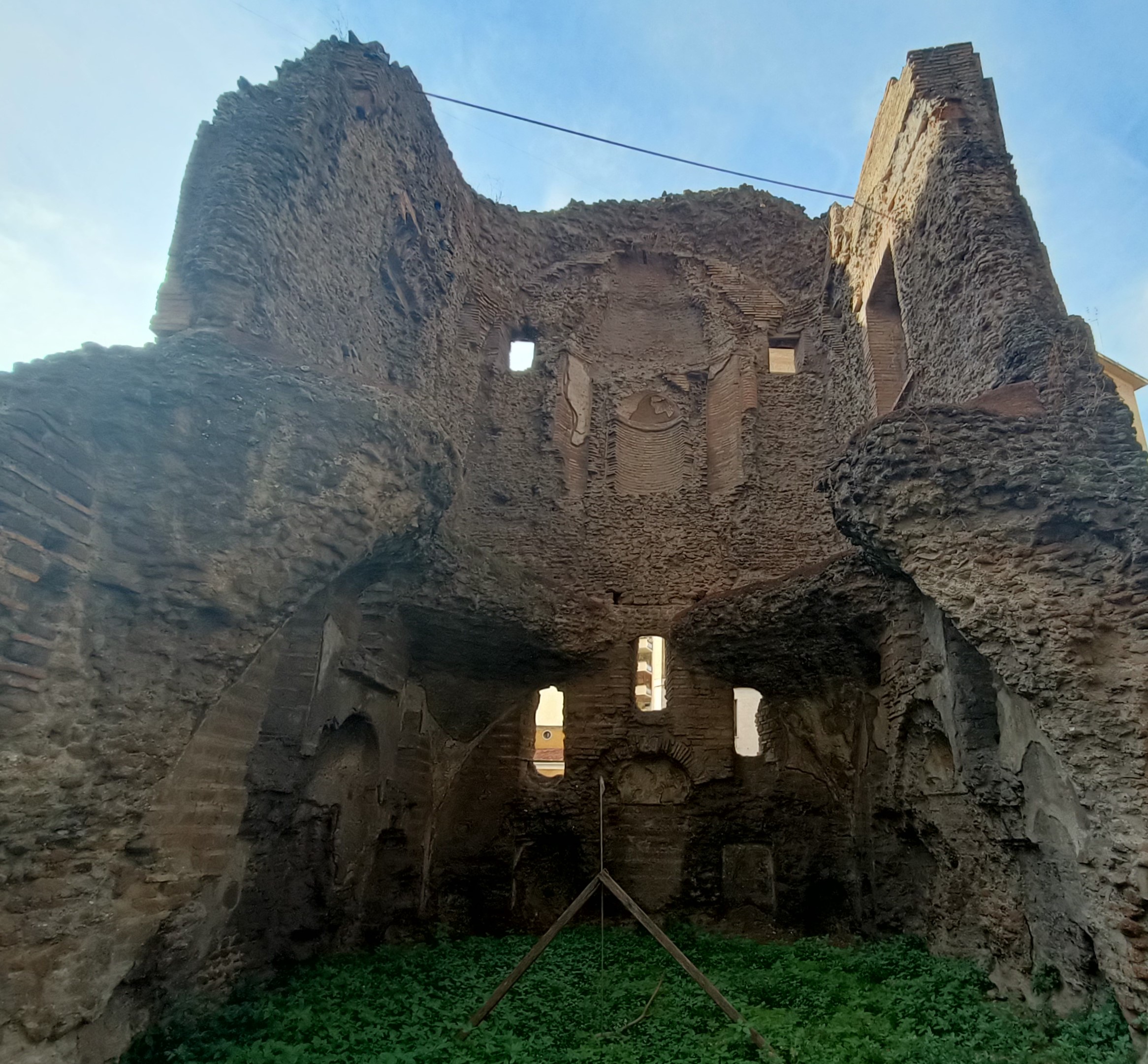
When you think of Rome you may dream of living in the historic centre, where the city’s rich history and vibrant culture are most palpable. Certainly, the idea of stepping out of your front door directly into the heart of Trastevere, or gazing out at a stunning view of St Peter’s from your living room window, holds an undeniable charm. It’s easy to imagine a life of daily strolls past ancient ruins and along cobbled streets full of quaint bars and trattorias, with iconic landmarks wherever you cast your gaze.
Too good to be true? Not necessarily… but living the dream does come with its own set of challenges. Much of the formerly long-term rental accommodation in the centre has been converted to AirBnB use in anticipation of the 2025 Jubilee, making demand for the few remaining apartments even fiercer. Rents, too are higher than in less central areas. And even if you’re lucky enough to find a place, your idyllic vision of life in the historic centre may quickly be overshadowed by the realities of living in a bustling tourist zone: crowded streets, noise into the small hours night after night, and the general inconveniences that may come with living in an area designed to cater more to tourists than to locals.
Fortunately, there is more to Rome than its historic centre! Let’s have a look at some of the other areas, starting with my own neighbourhood:
Quartiere Africano/Nemorense/Trieste
This sprawling neighbourhood to the north-east of Rome comprises both the lively, working class streets around the Sedia del Diavolo (part of the Quartiere Africano: so-called because most of its streets are named after African countries or towns) and the more upmarket properties around Corso Trieste. It has good public transport links, with two convenient Metro stations, Libia and S. Agnese/Annibaliano, on the B1 line, and several bus routes into the centre. Quick access to Via Salaria and the Tangenziale Est also makes it easy to get around by car.
In terms of everyday living, there’s a wide variety of shops and supermarkets offering a good range of (mostly Italian) produce, as well as several open-air and covered markets. While it’s not considered one of the main shopping areas in Rome, you will find both high street fashion chains (especially in the main shopping streets, Viale Libia and Viale Eritrea) and independent boutiques. Schools (from kindergarten to high school, as well as LUISS university), gyms and sports clubs abound, while entertainment options include a multi-screen cinema, with regular projections of English-language films, and a boutique theatre with an eclectic programme. There is plenty of green space, too, with Parco Nemorense and Villa Chigi in the heart of the neighbourhood and Villa Ada and Villa Paganini on the outskirts.
While this area may not have the charm or trendy vibe of Rome’s more central neighbourhoods, it does have a lively nightlife scene, especially around Piazza Istria, and is home to plenty of excellent restaurants and pizzerias, making it a great place to relax, dine out and socialise.
Parks and attractions: Villa Ada; Villa Chigi; Parco Nemorense; Villa Paganini; Catacombs of Priscilla; Mausoleum of Santa Costanza; La Sedia del Diavolo (The Devil’s Chair); St. Agnese Basilica
Entertainment and culture: Cinema Lux (via Massacciucoli 31), Teatro Greco (via Ruggero Leoncavallo 10), Mamà Mediterraneum cookery school (via di Priscilla 15/17), Cotton Club jazz club and coworking space (Via Bellinzona 2), Magic Escape Room (via Bolzano, 40)
Good for: families, couples, students at LUISS or Sapienza universities, easy city living, access to green areas